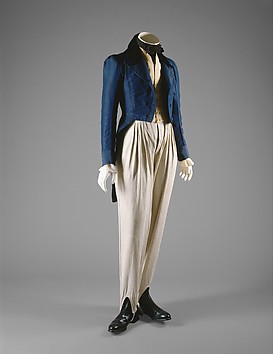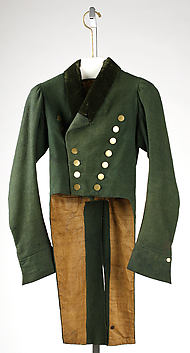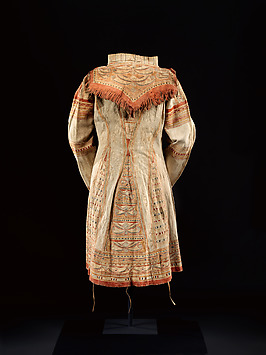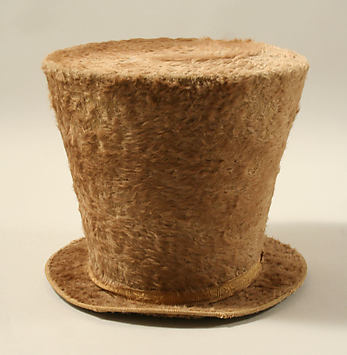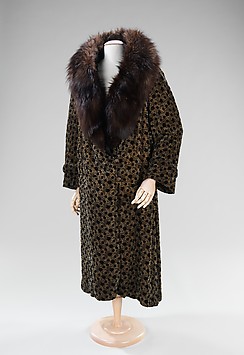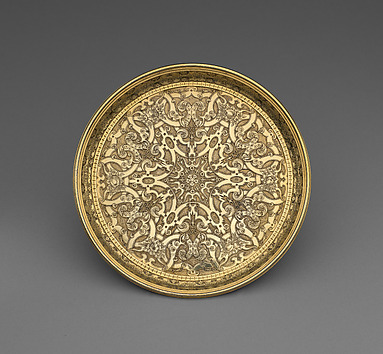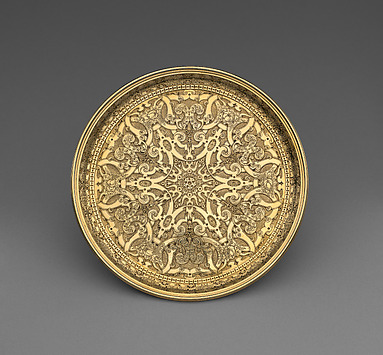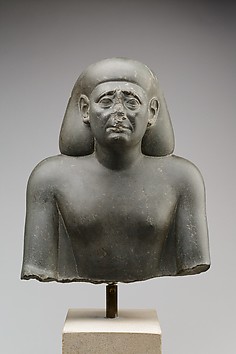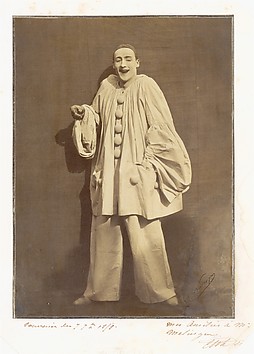This first comprehensive study in English devoted to Sienese painting to be published in four decades centers on the fifteenth century, a fascinating but frequently neglected period when Sienese artists confronted the innovations of Renaissance painting in Florence. The painters of Siena, without betraying their heritage of the previous century—which had produced some of the greatest artists of all time, including Duccio, Simone Martini, and Ambrogio and Pietro Lorenzetti—succeeded in adapting their artistic traditions to a new and completely original vision, rejecting many of the norms by which subsequent generations have come to define Renaissance art. These later Sienese artists frequently took a non-rational approach, seeking not to replicate nature, but to explore a more subjective world—one that in some respects is akin to that of twentieth-century art. The result is one of the most singular schools of Italian painting, which must be viewed on its own terms and understood within the religious and social framework of fifteenth-century Siena. Two introductory essays survey fifteenth-century Sienese painting, and individual entries examine 139 key works in exhaustive detail, presenting new insights into long-debated issues of interpretation and attribution, and often utilizing previously unpublished material. Most of the major paintings are reproduced in color and are supplemented with illustrations of related comparative works. The focus is on the reconstruction of narrative cycles from major altarpieces by Sassetta, Giovanni di Paolo, the Master of the Osservanza, Matteo di Giovanni, and Benvenuto di Giovanni, among others, and the entry on Giovanni di Paolo's well-known panels illustrating the Life of Saint Catherine of Siena establishes a new basis for appreciating one of the greatest visionary works of Renaissance art. In presenting this impressive body of material, the authors have given Sienese painting of the Renaissance the attention it deserves, providing a basis for all future research on the subject. Keith Christiansen, curator of European Paintings at The Metropolitan Museum of Art, is the author of a monograph on Gentile da Fabriano, as well as of numerous articles on Italian Renaissance painting. Laurence B. Ranter, curator of the Lehman Collection at The Metropolitan Museum of Art, is co-author of the catalogue of Italian paintings in the Robert Lehman Collection. Carl Brandon Strehlke, curator of the John G. Johnson Collection at the Philadelphia Museum of Art, is currently writing a catalogue of Italian paintings in the Johnson Collection and has published articles on Sienese painting. The catalogue concludes with an extensive Bibliography and an Index.








